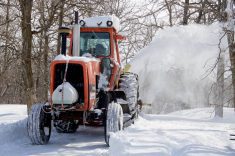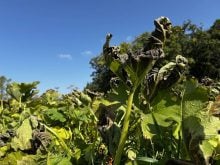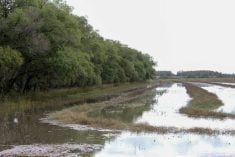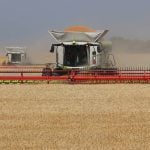Strong winds and a rare, intense heat wave early in the Southern Hemisphere’s spring fanned dozens of bushfires across Australia’s southeast in the second-last week of September.
Authorities issued extreme fire danger warnings Sept. 20 for the greater Sydney region, home to more than five million people.
More than 600 firefighters and emergency personnel were battling 68 fires across the southeastern state of New South Wales as of that morning, with 17 uncontained, New South Wales Rural Fire Services said in an update at the time.
Fire danger ratings on the south coast had previously been raised to “catastrophic” due to stronger-than-expected winds.
Read Also
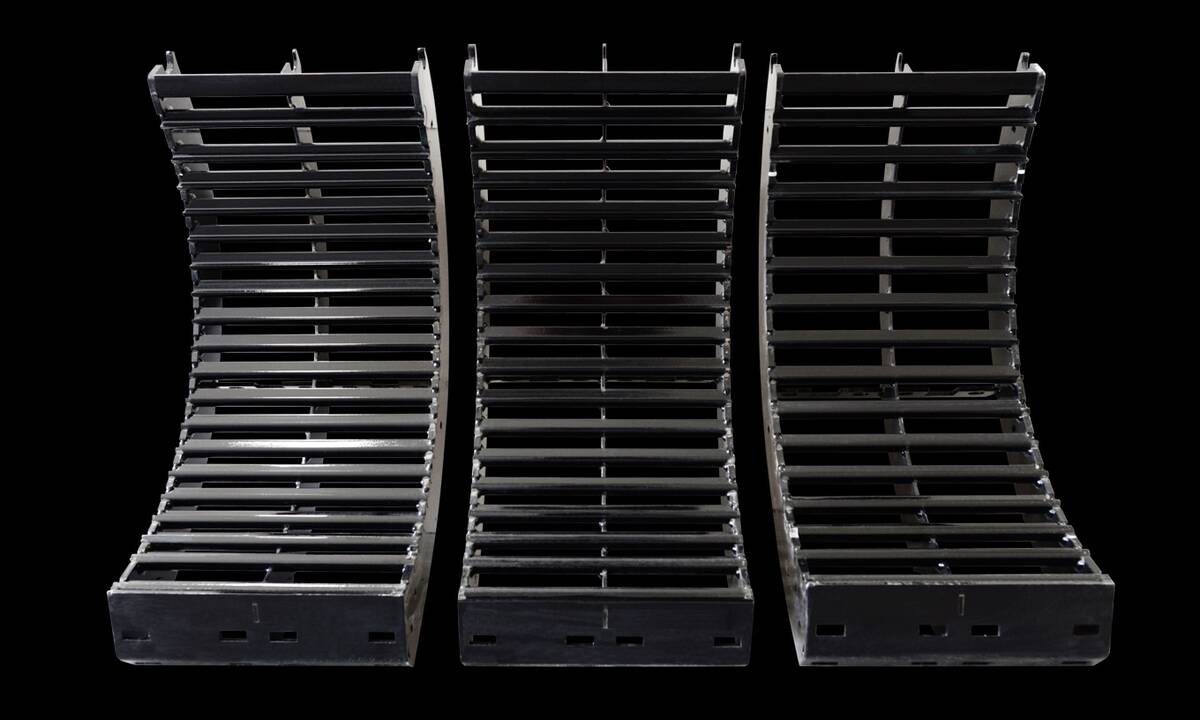
MANITOBA AG DAYS 2026: Stacked equipment category expected at Innovation Showcase
Ten of 28 Innovation Showcase entries at the Manitoba Ag Days 2026 farm show Jan. 20-22 in Brandon are in the equipment category.
“It’s the biggest risk we’ve faced since the 2019-20 fire season,” New South Wales Rural Fire Service Commissioner Rob Rogers told U.K.-based media organization Sky News.
Residents of a popular holiday town in the island state of Tasmania were also told late Sept. 19 to move to a safer location due to an uncontrolled bushfire fuelled by strong wind gusts. As of the follow day, there had been no reports of property damage or injuries, though more than 100 people had to sleep in their cars, media reported.
Fire crews have also rushed to conduct hazard-reduction burns in Sydney’s west to prepare for the looming bushfire season, which authorities have said could be the worst since the 2019-20 “Black Summer” fires that destroyed an area the size of Turkey and killed 33 people.
Australia’s last two fire seasons have been quiet compared to 2019-20.
The fires came at the same time as Australian authorities confirmed El Niño, a weather phenomenon typically associated with wildfires and droughts in Australia. The country’s Bureau of Meteorology declared an El Niño Sept. 19.
Australia had held off declaring an El Niño, but has been bracing for a warm and dry southern hemisphere spring and summer. Those patterns come after three years of heavy rains and frequent flooding.
The anticipated dry weather could affect wheat production in Australia, one of the world’s major exporters of the crop. Australian winter wheat harvest is expected to start in November.
“We are already seeing extreme conditions in some parts of the continent, particularly in the duration of heat. We’ve had an extended period of warm and dry weather to start spring,” forecaster Karl Braganza told reporters.
In North America, El Niño has been considered in force since the start of summer. The U.S. National Oceanic and Atmospheric Administration’s Climate Prediction Center (NOAA) declared an El Niño event in June.
The Australian bureau uses different, slightly stricter metrics for declaring El Niño. Its declaration came amid a five-day burst of uncommon spring heat in parts of Australia, and several days well above September normals were also expected after the announcement.
Sydney was on track for a record five consecutive days with maximum temperatures of more than 30 C in September, according to the meteorology bureau.




